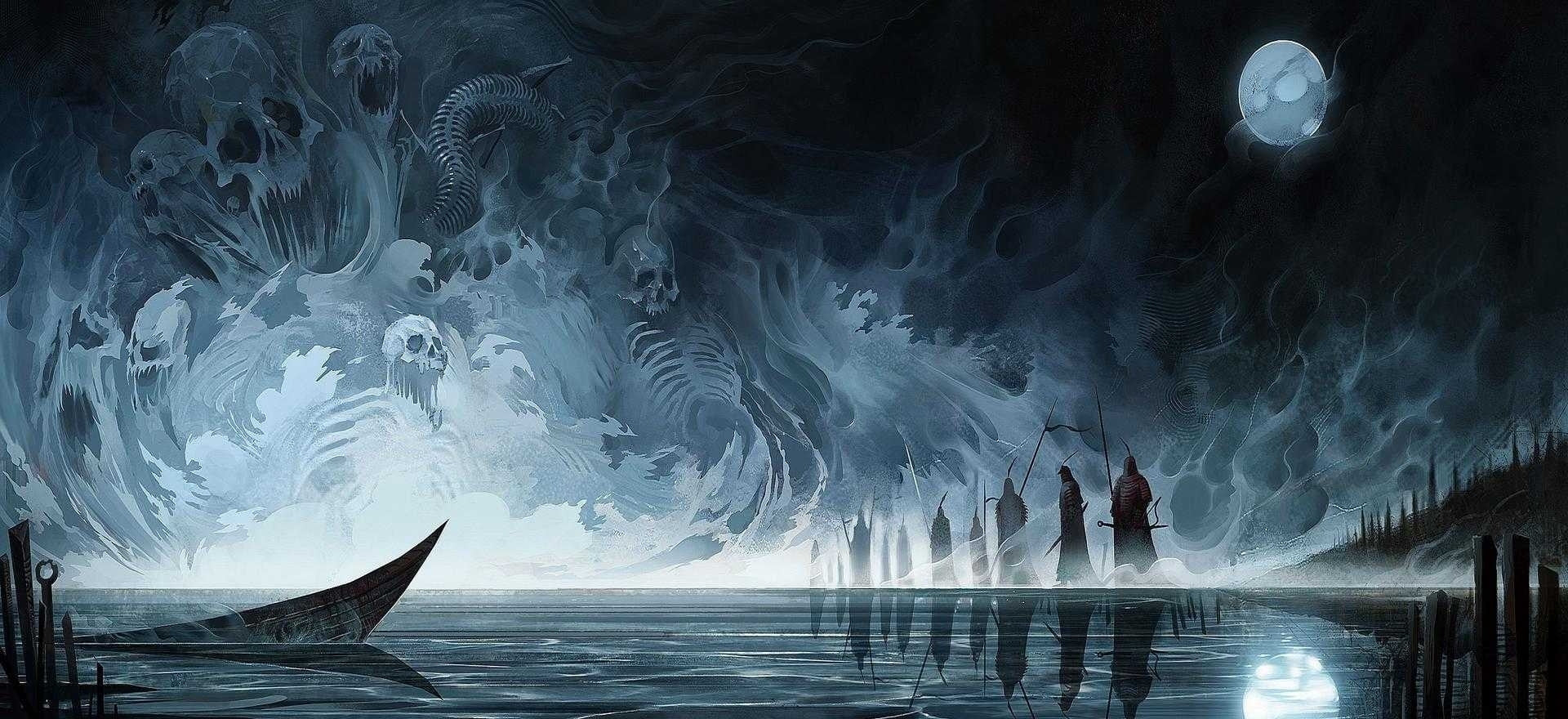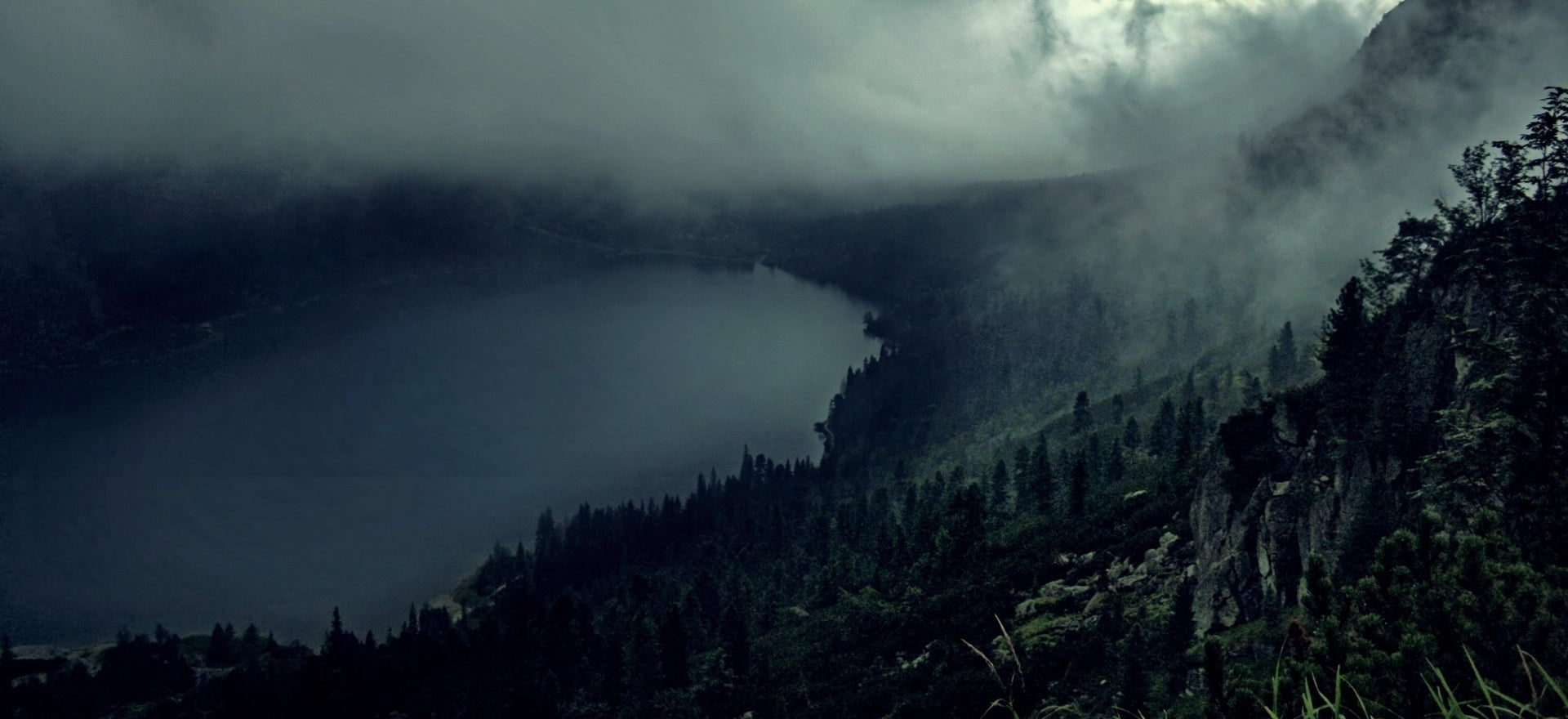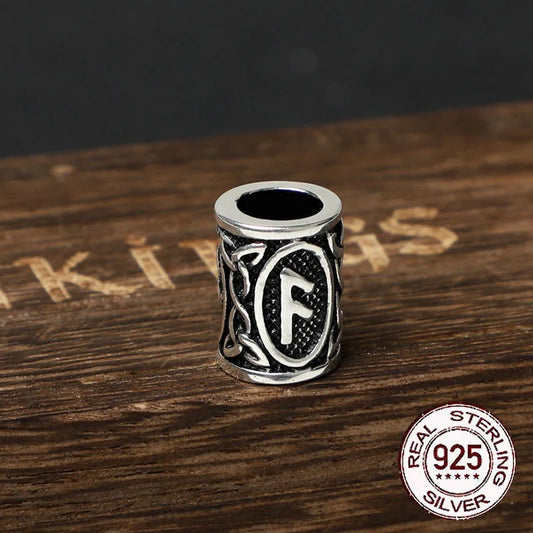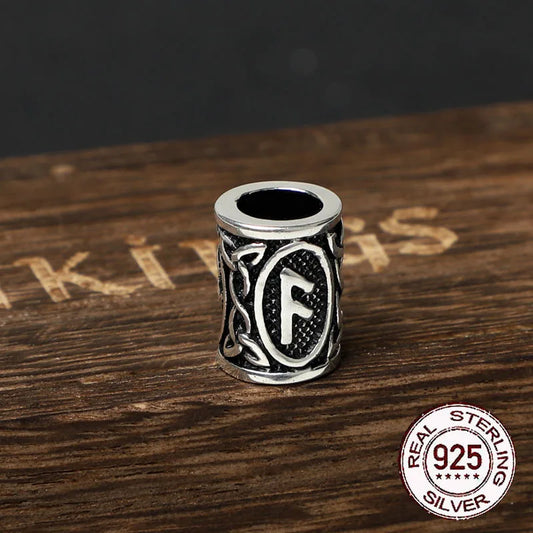Ginnungagap was the name given to a vast abyss in Norse mythology. This abyss, so deep that its bottom was inconceivable, separated the worlds Niflheim and Muspellheim, respectively the kingdoms of cold and fire, before the creation of the world.
The poem Völuspá in the Poetic Edda is the main evidence of the Ginnungagap and the original story of Norse mythology. The temperature inside Ginnungagap was so low that it would have frozen a man instantly into a block of ice.
In addition, eleven rivers known collectively as Elivágar flowed from a spring named Hvergelmir in Niflheim and emptied into Ginnungagap where their waters froze into gigantic blocks of ice.
Ginnungagap in Norse Mythology
Surt, a fire giant who was the guardian of Muspellheim and the only living being to exist, to get bored, practiced with his flaming sword by throwing flames into the abyss of Ginnungagap.
The fire made the ice evaporate, but the cold air made the steam fall back to the bottom of the abyss, giving birth to Ymir, the father of all ice giants, and Audhumla, a giant cow.
Later, Odin and his two brothers, Vili and Vé, the sons of Bor who are the first Aesir, killed Ymir since they were no longer able to bear him. They took his corpse to the center of Ginnungagap and from his corpse they formed Midgard, the world of men.
With his hair they made the trees, with his flesh they made the earth, with his blood they filled the lakes and oceans, with his bones they raised the mountains and with his skull they made the sky.
The larvae that had gnawed on the corpse were used to create the dwarves, including Nordri, Sudri, Austri and Westri, who supported the sky.

















